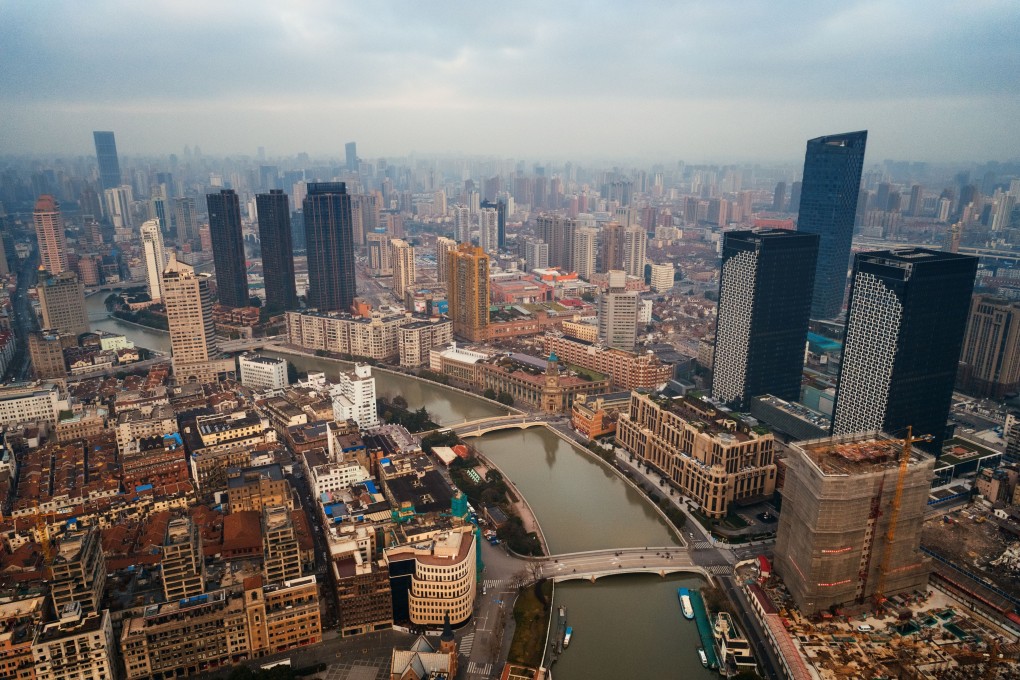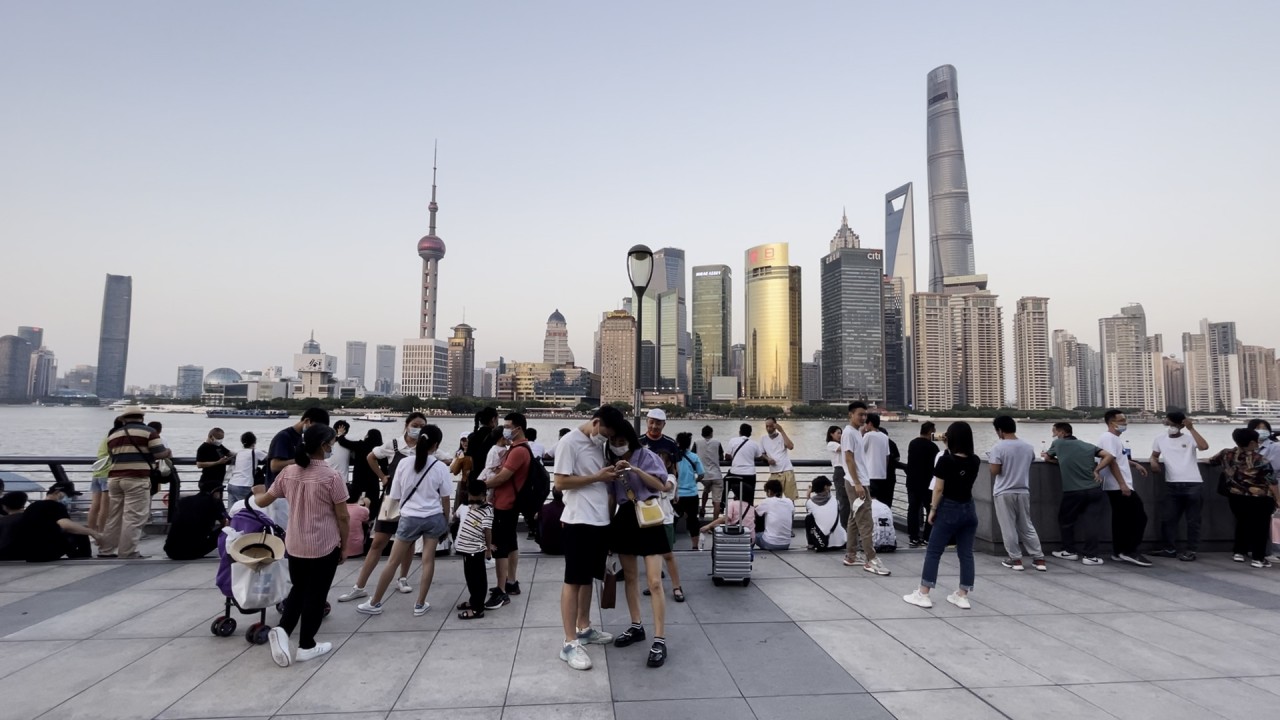Shanghai to start cruise service on once polluted Suzhou Creek to boost tourism, overcome Covid setbacks
- Twenty passengers at a time will be able to enjoy a two-hour, 17-kilometre ride through the heart of the metropolis starting in November
- The service comes following a US$5.5 billion rehabilitation project that cleaned up the tributary to the Huangpu River

Twenty passengers at a time will be able to enjoy a 17-kilometre ride starting in November, enjoying views of hundreds of modern high-rises, busy shopping areas, historic spots and entertainment venues as the river winds its way through the heart of the metropolis.
It will be the first fee-based cruise service on the creek in history, thanks to the local government’s 40 billion yuan (US$5.5 billion) rehabilitation project.
“Shanghai abounds with tourism resources which appeal to local tourists,” said Zhang Qi, deputy director of Shanghai Administration of Culture and Tourism. “The cruise service will have a synergy with existing popular tourist destinations such as Shanghai Disneyland and Haichang Ocean Park.”
Trial operations kicked off in September. Ticket prices for a two-hour ride, on ships measuring 14.8 metres long and 4 metres wide, have yet to be decided. Zhang would not reveal details about the annual capacity of the service.
Suzhou Creek, also known as Wusong River, was synonymous with Shanghai more than a century ago. Deemed a birthplace of China’s manufacturing industry, it flows to Huangpu River, the last significant tributary of the Yangtze River before the Yangtze empties into the East China Sea.

